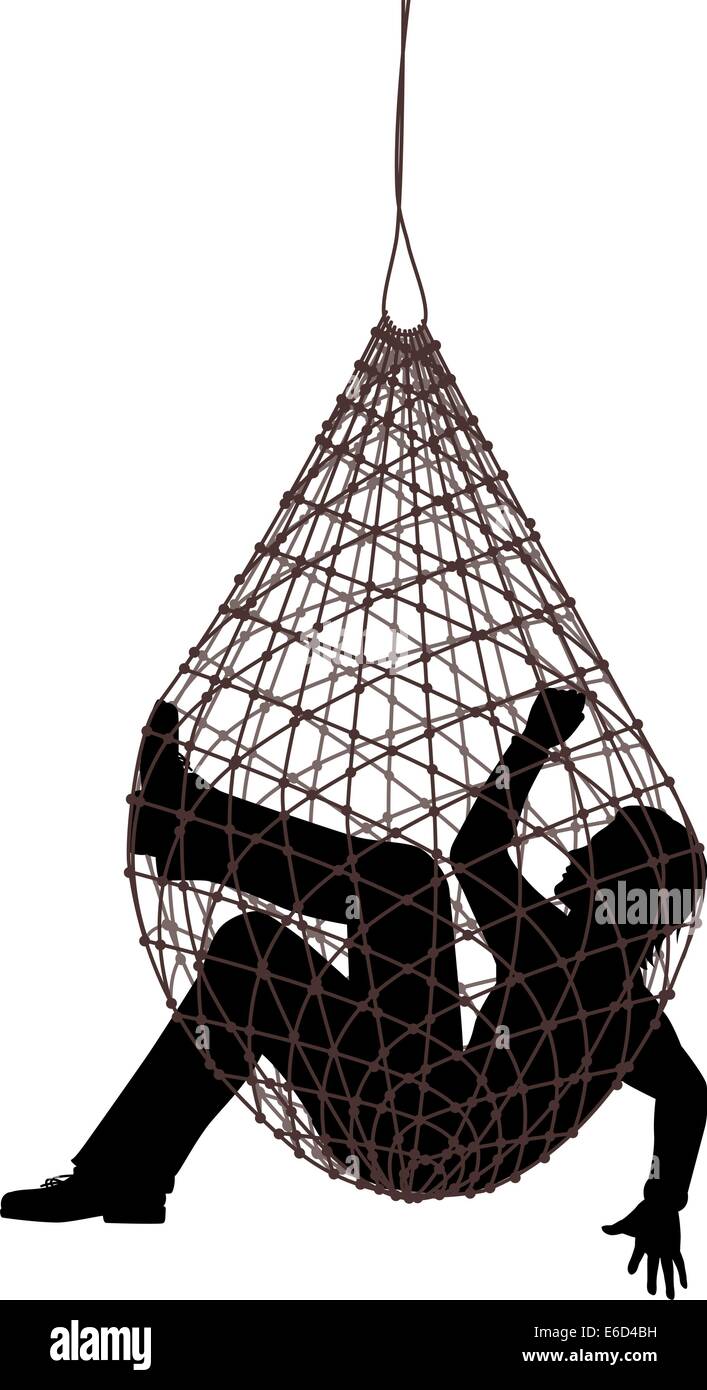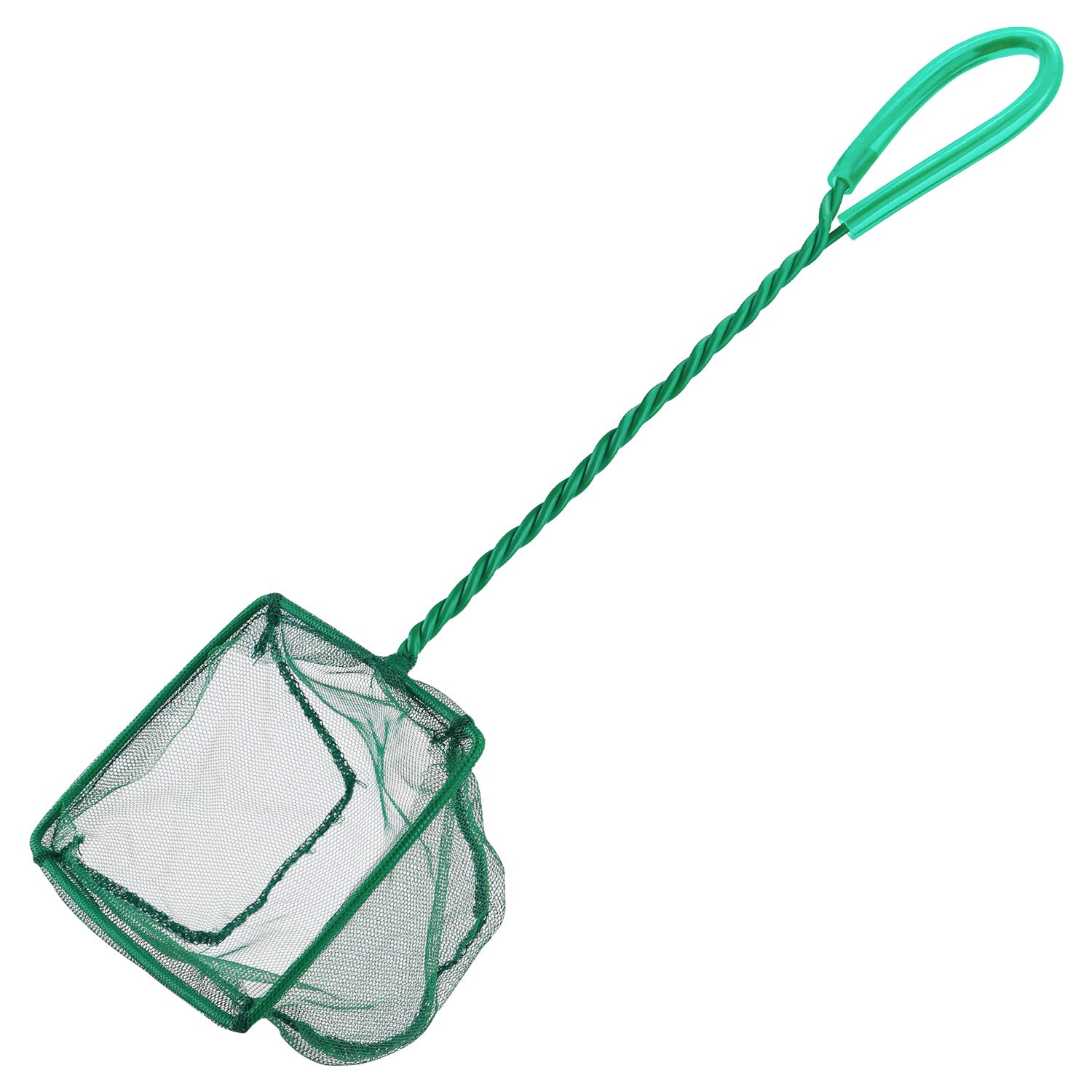The Human-Baited Double Net Trap: An Alternative to Human Landing
Estimating the exposure of individuals to mosquito-borne diseases is a key measure used to evaluate the success of vector control operations. The gold standard is to use human landing catches where mosquitoes are collected off the exposed limbs of human collectors. This is however an unsatisfactory method since it potentially exposes individuals to a range of mosquito-borne diseases. In this study several sampling methods were compared to find a method that is representative of the human-biting rate outdoors, but which does not expose collectors to mosquito-borne infections. The sampling efficiency of four odour-baited traps were compared outdoors in rural Lao PDR; the human-baited double net (HDN) trap, CDC light trap, BG sentinel trap and Suna trap. Subsequently the HDN, the best performing trap, was compared directly with human landing catches (HLC), the ‘gold standard’, for estimating human-biting rates. HDNs collected 11–44 times more mosquitoes than the other traps, with the exception of the HLC. The HDN collected similar numbers of Anopheles (Rate Ratio, RR = 1.16, 95% Confidence Intervals, 95% CI = 0.61–2.20) and Culex mosquitoes (RR = 1.26, 95% CI = 0.74–2.17) as HLC, but under-estimated the numbers of Aedes albopictus (RR = 0.45, 95% CI = 0.27–0.77). Simpson’s index of diversity was 0.845 (95% CI 0.836–0.854) for the HDN trap and 0.778 (95% CI 0.769–0.787) for HLC, indicating that the HDN collected a greater diversity of mosquito species than HLC. Both HLC and HDN can distinguish between low and high biting rates and are crude ways to measure human-biting rate. The HDN is a simple and cheap method to estimate the human-biting rate outdoors without exposing collectors to mosquito bites.

PDF) Evaluation of the effectiveness of the human-baited double net traps and BG traps compared with the human landing catches for collecting outdoor Aedes albopictus in China

PDF) The Human-Baited Double Net Trap: An Alternative to Human Landing Catches for Collecting Outdoor Biting Mosquitoes in Lao PDR
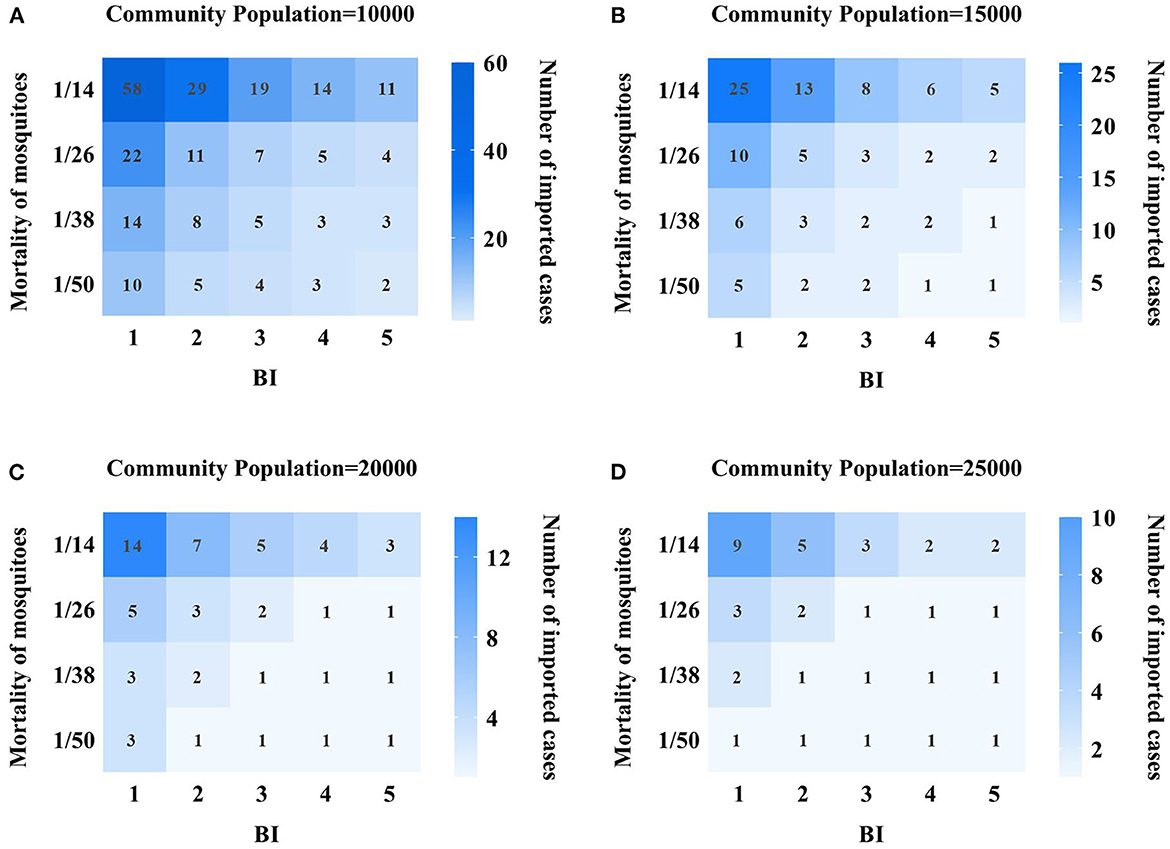
Frontiers Model-based risk assessment of dengue fever transmission in Xiamen City, China

Lobsters in the News June 17 - July 1 - Lobster Institute

Semi-field evaluation of human landing catches versus human double net trap for estimating human biting rate of Anopheles minimus and Anopheles harrisoni in Thailand [PeerJ]
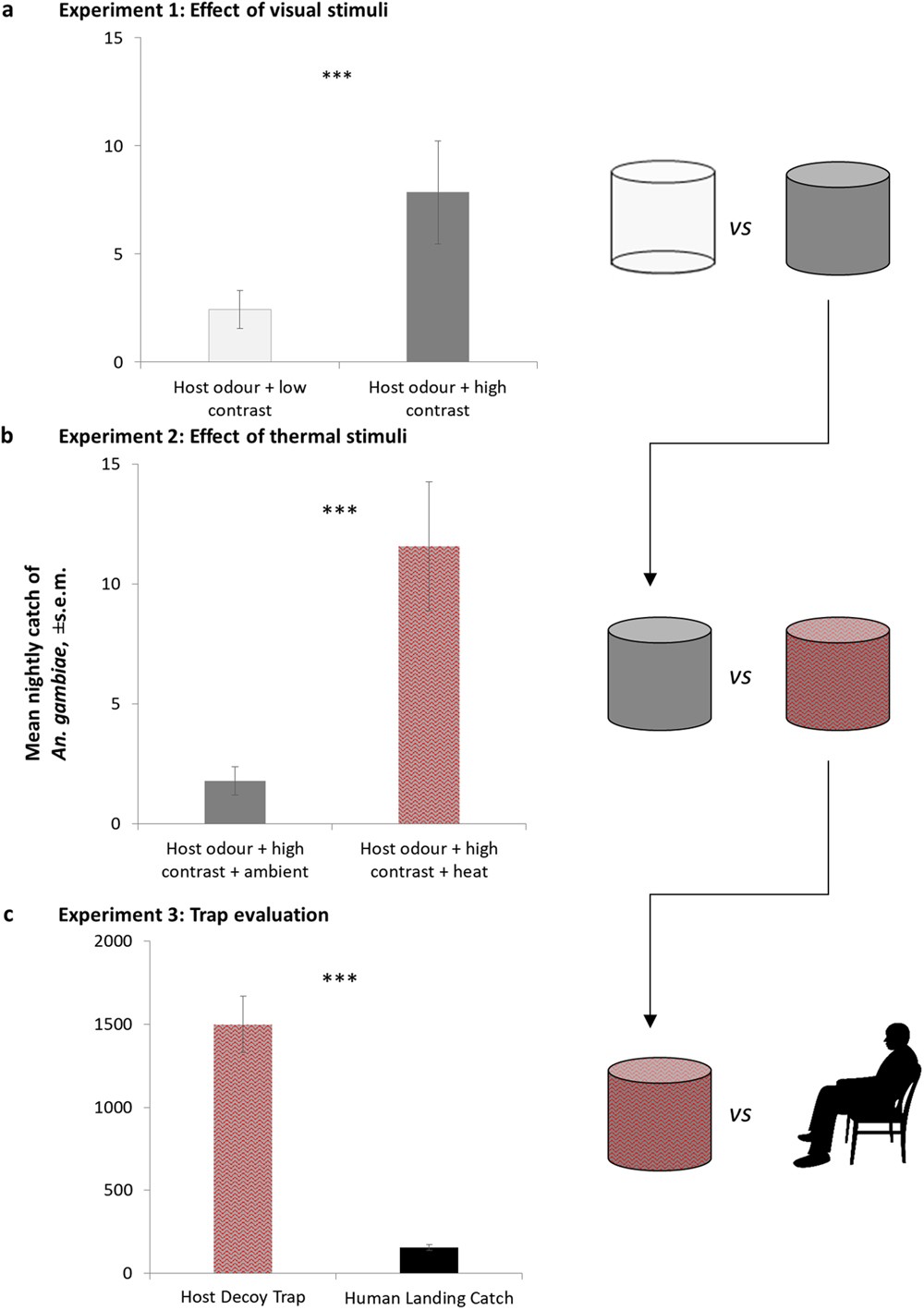
Exploiting Anopheles responses to thermal, odour and visual stimuli to improve surveillance and control of malaria
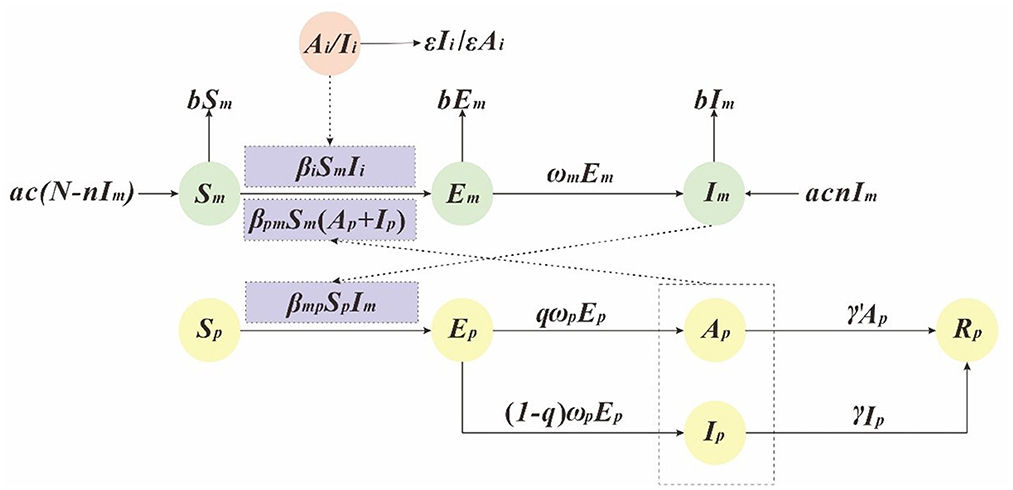
Frontiers Model-based risk assessment of dengue fever transmission in Xiamen City, China

Semi-field evaluation of human landing catches versus human double

Commercial Fishing, Saving Earth

PDF) Comparative evaluation of the Ifakara tent trap-B, the
